Pangrattato
Pangrattato can best be described as crispy, fried, garlicky breadcrumbs. Full of flavor and crunch, a spoonful will add an exciting element to your pasta, vegetables and soups!
So simple to make and popular with children and adults alike, you’ll want to have this crunchy condiment on hand all the time
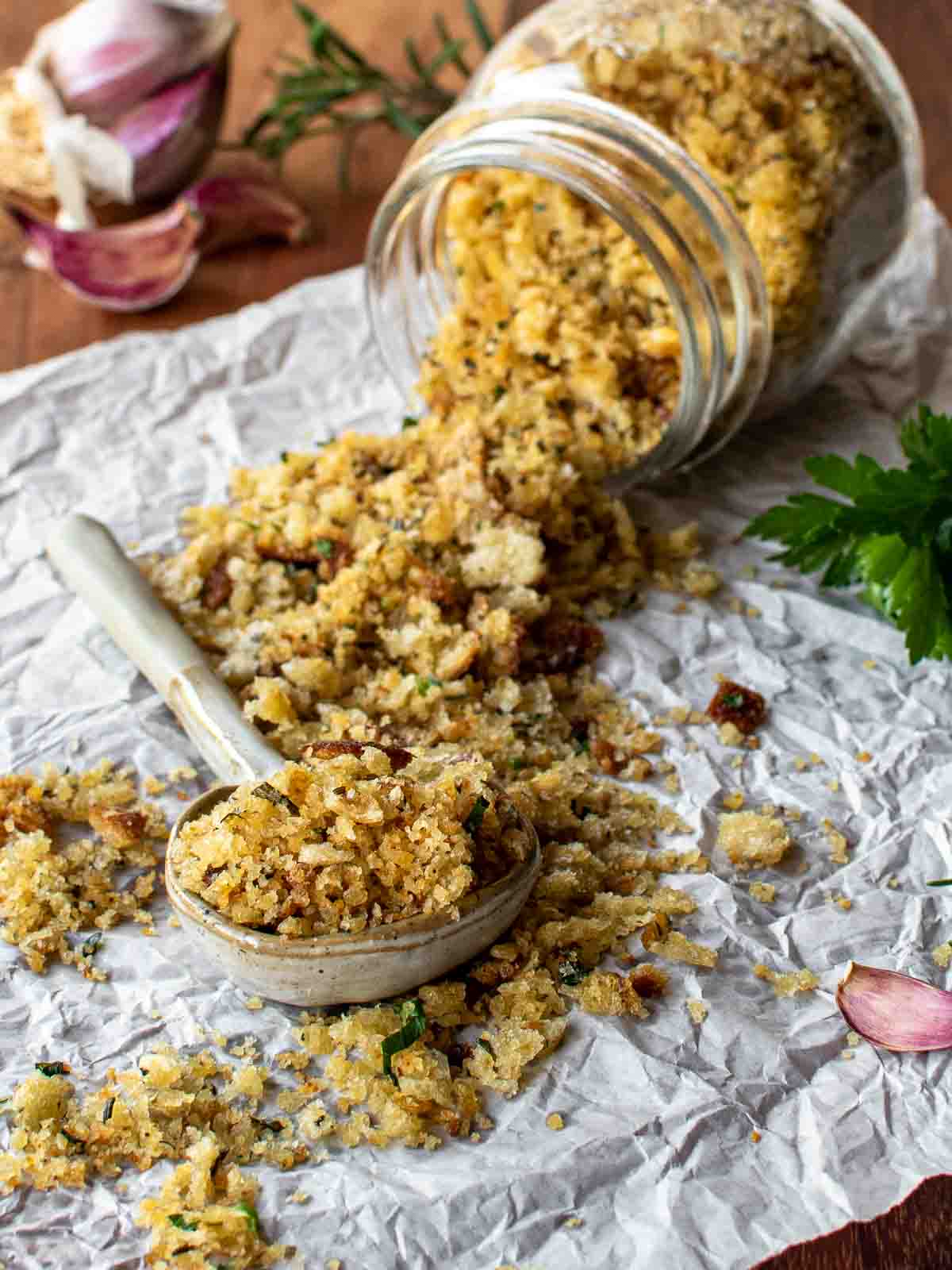
It sounds almost too simple to be so good but it’s true! Pangrattato is a game changer! If you can stop yourself from eating it by the spoonful, you’ll have a flavorsome topping to sprinkle over many dishes. The flavor and texture these fried, crispy breadcrumbs add is irresistible.
Pangrattato translates to “grated bread” or “breadcrumbs”. However, this recipe is a lot more than just bread. That’s right. These are crispy morsels that are packed full of tastiness that will enliven so many dishes!
The key to this recipe is to use stale bread and let it soak up all the garlicky oil. Additional flavors are optional but delicious. Toast the bread until golden brown and crispy, ready to add flavor and crunch to your next meal!
What is the history of pangrattato?
Pangrattato, also known as mollica di pane in Calabria and Sicily, was once used as an inexpensive substitution for cheese. While the rich sprinkled cheese on their pasta, everyone else had to make do with fried breadcrumbs. However, as always in the “cucina povera” or the poor kitchen, amazing foods are born.
These tasty fried breadcrumbs came to be used not just on the plates of the common people but used in restaurants and enjoyed by all. Pangrattato is a perfect example of how nothing in the “cucina povera” was ever wasted not even leftover bread. Today, this flavorsome condiment can be use on pasta, roasted vegetables, salads and soups.
Why you’ll love this recipe
Crunchy Texture – If you love crunch, you’ll absolutely adore Pangrattato! These crunchy, toasty breadcrumbs will add so much interest to a wide variety of everyday meals from pasta to salads.
Budget Friendly – While pangrattato adds so much extra flavor to your weeknight meals, it’s also super budget friendly. The ingredients are basic, easy to find and not expensive. While I use sourdough bread, look at the substitutions below for other alternatives. Plus, the recipe uses stale bread that may otherwise have been thrown out!
Gluten Free Option – Gluten free bread works with this recipe so no one misses out!
Simple to prepare – Anyone can make this pangrattato recipe and be thrilled with the results even if you haven’t cooked before. It’s very simple with easy techniques.
Satisfying – The taste of pangrattato on a simple pasta, roasted vegetable or salad is so satisfying and makes you feel as though you’re eating something much more fancy like in a restaurant.
For complete ingredient quantities and full instructions, please scroll to the printable recipe card at the bottom of the page.
Ingredients
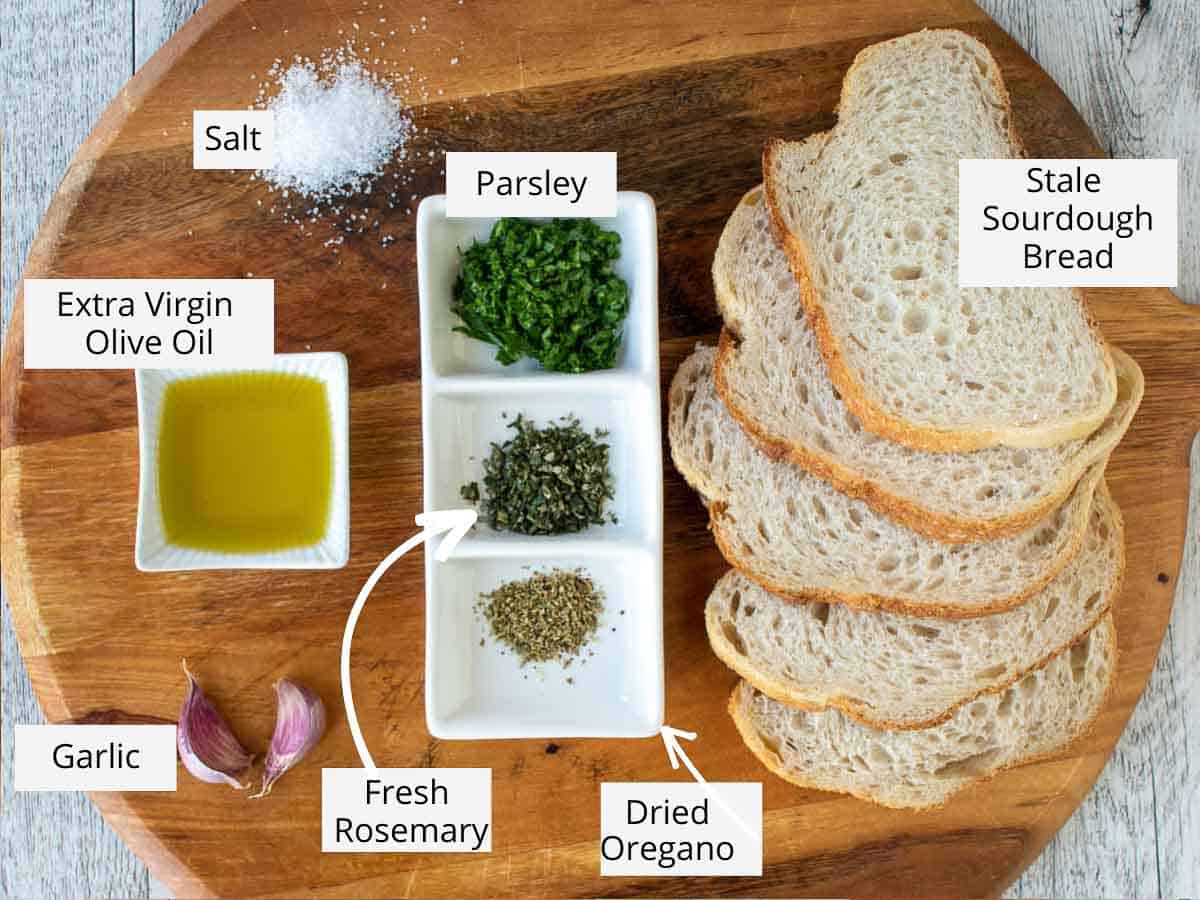
- Sourdough bread – any sourdough bread will be fine. It just needs to be a few days old.
- Extra virgin olive oil – Use a supermarket variety that you like the taste of. Actually taste the oil by dipping a piece of bread in it. You find the ones that you like and the ones that you don’t enjoy.
- Garlic, rosemary, parsley and oregano – Fresh garlic and fresh herbs are best for this recipe. But I used dried oregano which seems to have more flavor than fresh. You’ll find all the herbs at most supermarkets.
- Salt – Important in most recipes especially in this one.
See recipe card for quantities.
Instructions
To begin, peel then mince or grate the garlic and set aside.
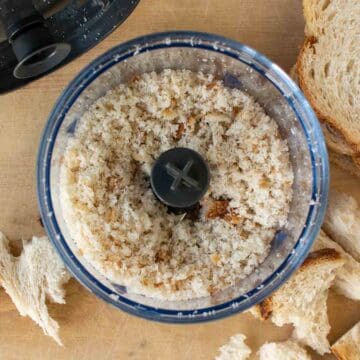
Tear the bread into small chunks and then use a food processor to reduce to coarse breadcrumbs.
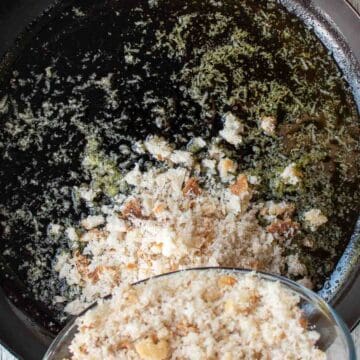
Combine oil and garlic in a frying pan. Place over low heat just until the oil begins to warm and the garlic is fragrant. The garlic shouldn’t fry.
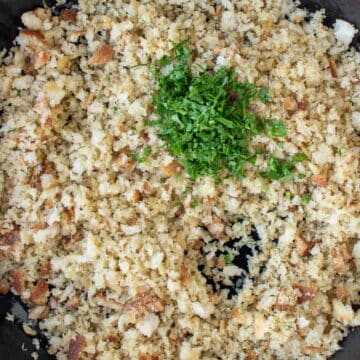
Add the breadcrumbs, chopped fresh rosemary, oregano and salt. Stir well to coat in the garlicky oil. Fry for 5 minutes, then add the parsley.

Continue to stir over medium-high heat until golden brown. It’ll take between 10-15 minutes in total.
Remove from the heat and immediately tip pangrattato onto a baking sheet to cool.
Hint: Stir all the time while frying to ensure the breadcrumbs don’t burn.
Substitutions
- Sourdough bread – Instead of sourdough bread, you can use any stale bread you have and enjoy. Even gluten free bread! However, never dried bread like in my Italian bread crumbs.
- Fresh garlic and herbs – Use powdered garlic and dried herbs instead of fresh. You’ll only need half of the amount specified in the recipe though.
- Extra virgin olive oil – Regular or light flavored olive oil can be used.
Variations
- Spicy – Add just a little red pepper or chilli flakes while cooking to give the pangrattato a bit of spicy heat.
- Anchovies – Melt one or two anchovy fillets when heating up the oil and garlic. You’ll love the added umami flavor!
- Parmigiano Reggiano or Parmesan Cheese – Stir through a few tablespoons of finely grated Parmigiano Reggiano or Parmesan cheese after the crispy breadcrumbs have cooled.
- Black Pepper – Add 1/4 teaspoon of freshly ground black pepper.
Equipment
A food processor makes this pangrattato recipe quick and easy. I use a mini food processor to break the stale sourdough bread into crumbs. Of course, the nonnas in Sicily didn’t have food processors so you could just rub the bread between your fingers. The crumbs will likely be larger but that’s fine.
You’ll also need a skillet or frying pan plus handy kitchen equipment like bowls, wooden spoons, spatulas, and measuring cups and spoons.
Storage
Keep pangrattato in the fridge for two weeks or so in an airtight container or jar. I like to make a large batch and store mine in the freezer for up to three months. Always store in an air tight container or sealable jar.
Top tip
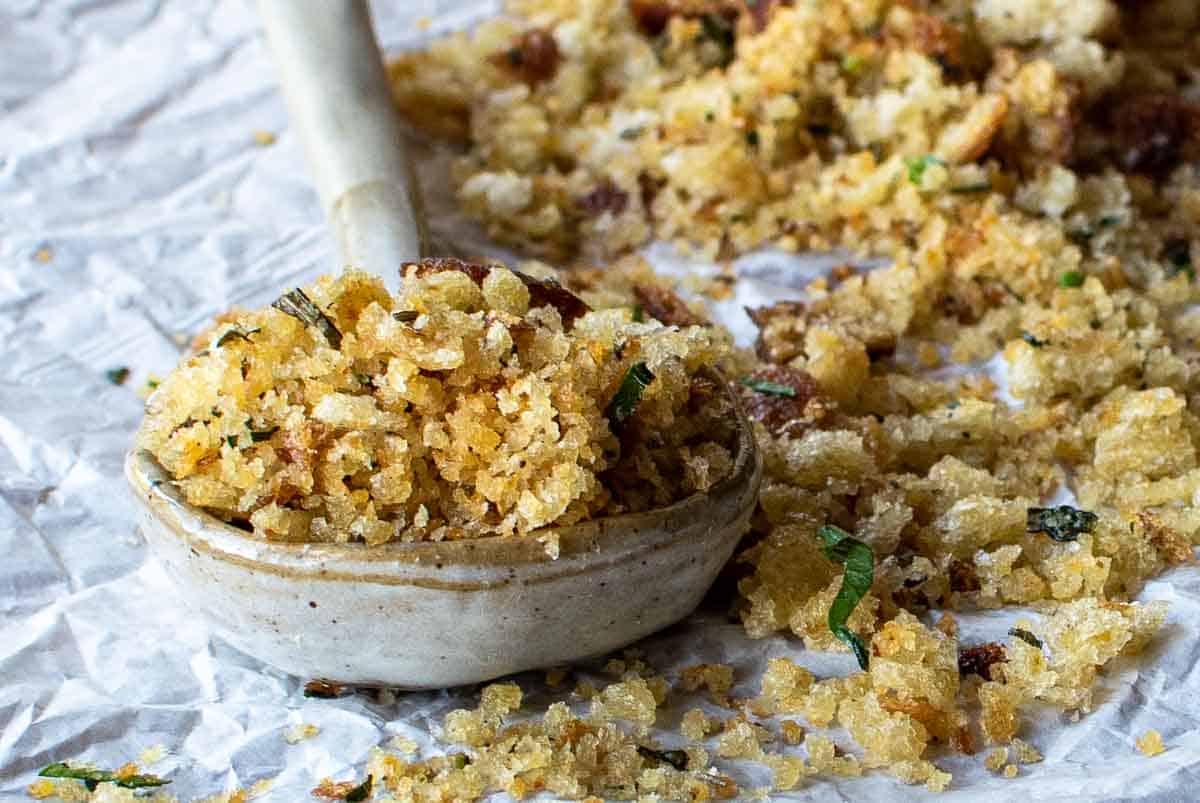
Unlike my Italian bread crumbs, the bread for this recipe should be stale but not dried out in the oven. Sourdough bread which is a few days old makes delicious pangrattato.
Don’t over-process the bread. The contrast of larger crumbs plus fine crumbs creates good texture and crunchiness.
Fry the crumbs over medium heat until really golden brown. Stir all the time because the last thing you want is burnt pangrattato!
FAQ
Pangrattato is made of stale bread. I enjoy sourdough bread but it could be any type you like – ciabatta, rye or even whole wheat bread.
Yes, there are no animal products in this pangrattato recipe as it’s written. However, some pangrattato recipes add anchovies and therefore aren’t vegetarian.
Store pangrattato in a sealed container or jar with a screw top lid in the fridge to keep the crumbs fresh and crunchy. For longer storage, freeze in a sealed container for up to 3 months.
Serving Suggestions
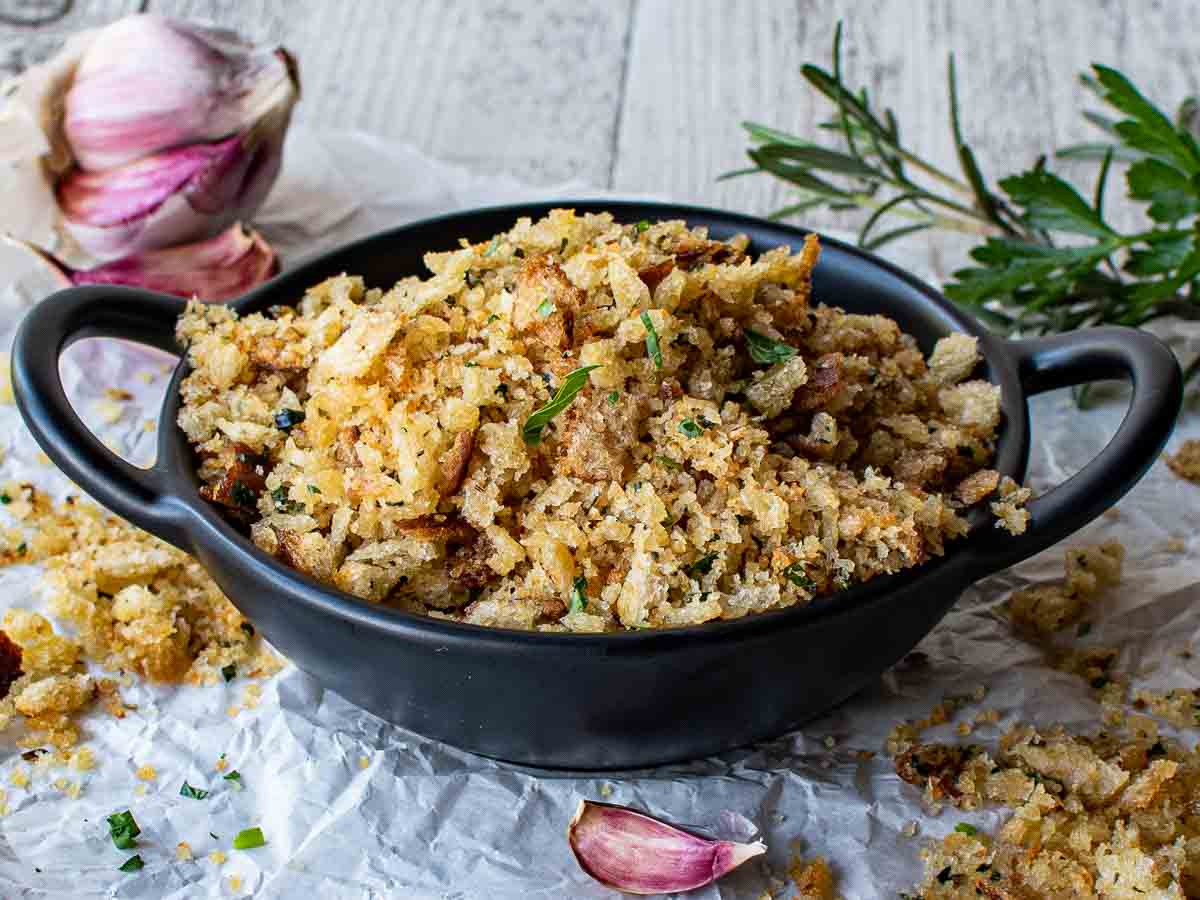
One way to serve Pangrattato is over freshly cooked tonnarelli that have been tossed in a pan with olive oil or garlic butter sauce and a ladleful of cooking water. Serve pasta with pangrattato sprinkled on top.
But Pangrattato is also wonderful on salads like artichoke salad or vegetables like Instant Pot Cauliflower.
Made this recipe?
Please let me know if you liked it by leaving a ★★★★★ star rating and a review below. And remember to subscribe to my newsletter – it’s free!
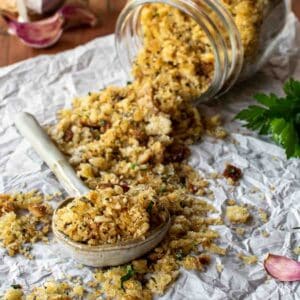
Pangrattato Recipe
Equipment
- 1 small food processor
- 1 skillet or frying pan
Ingredients
- 7 ounces (200 grams) stale bread
- 3 tablespoons extra virgin olive oil
- 2 cloves garlic
- 1 teaspoon fresh rosemary finely chopped
- 1 tablespoon fresh parsley finely chopped
- ½ teaspoon dried oregano
- 1 teaspoon fine salt
Instructions
- Tear the bread into small chunks and then use a food processor to reduce to coarse breadcrumbs.
- Mince or grate garlic.
- Combine oil and garlic in a frying pan. Place over low heat just until the oil begins to warm and the garlic is fragrant. The garlic shouldn’t fry.
- Add the breadcrumbs, chopped fresh rosemary, oregano and salt. Stir well to coat in the garlicky oil.
- Increase the heat to medium-high. Stir all the time not letting the breadcrumbs burn.
- After 5 minutes add the parsley. Continue to stir over medium-high heat until golden brown. It’ll take between 10-15 minutes in total.
- Remove from the heat and immediately tip onto a baking sheet to cool.
Nutritional Estimate Per Serving
Nutritional Disclaimer
Nutritional information is an estimate provided by an online nutrition calculator. For accurate results, it is recommended that the nutritional information be calculated based on the ingredients and brands you use.

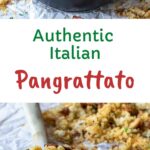
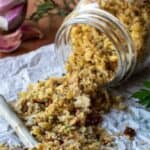
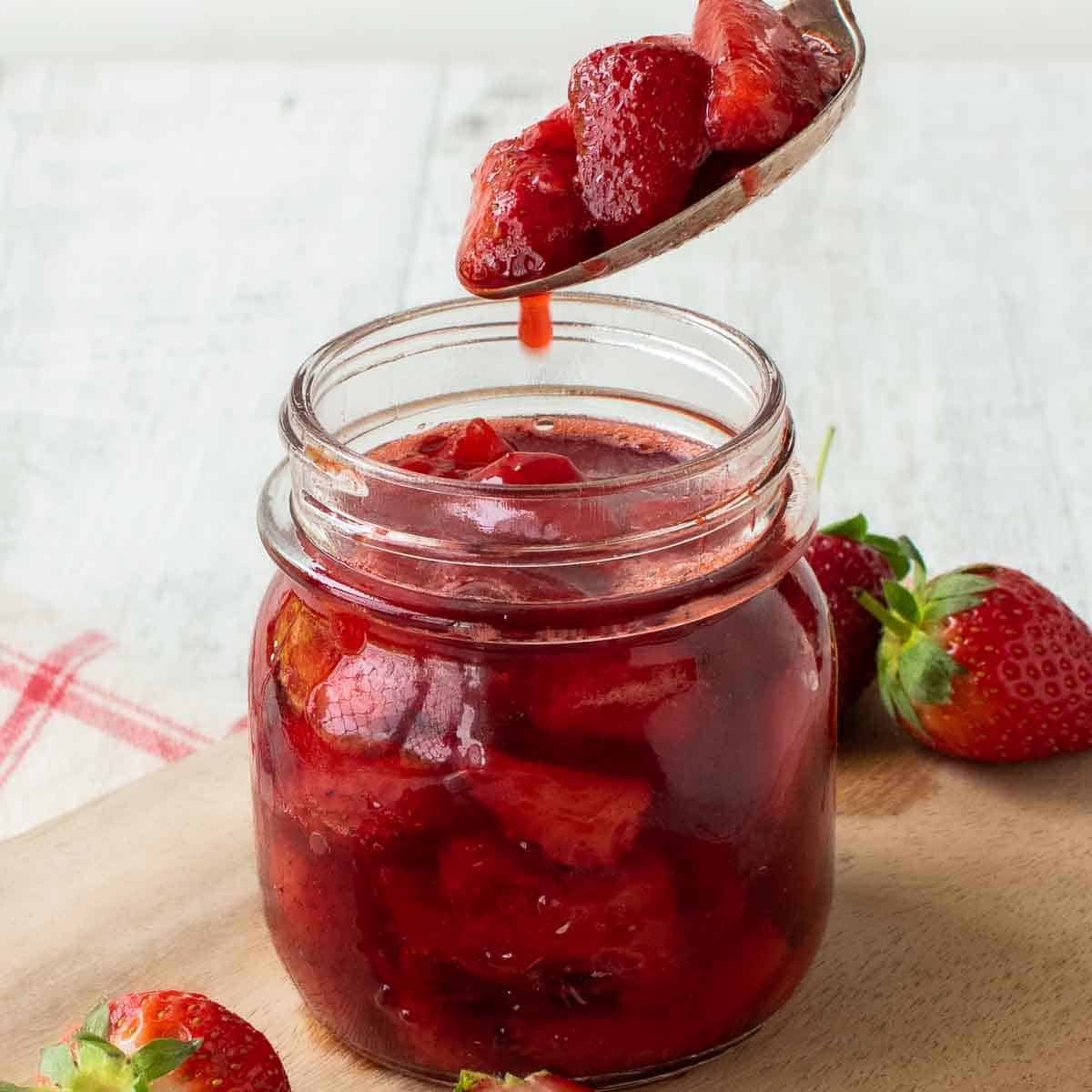
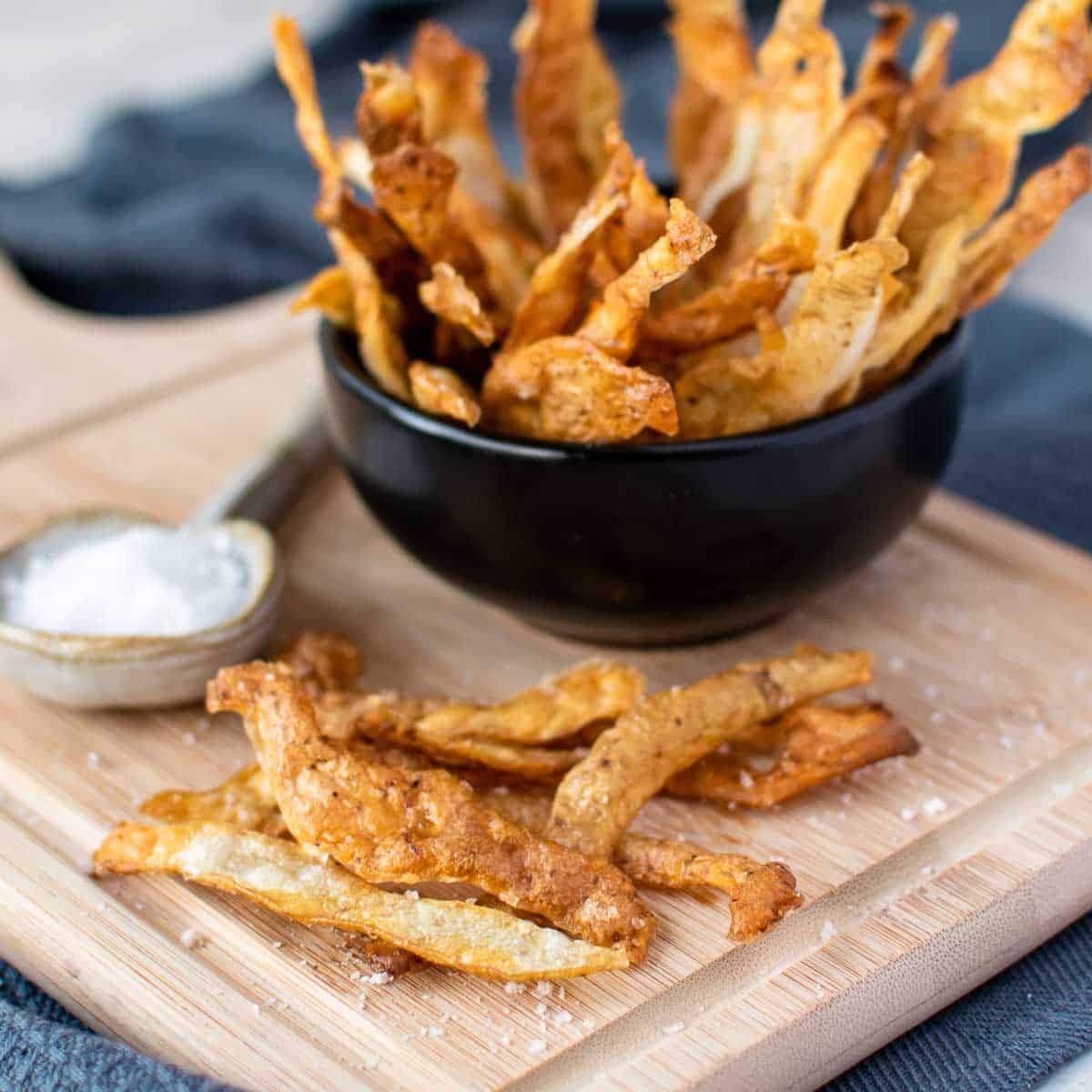
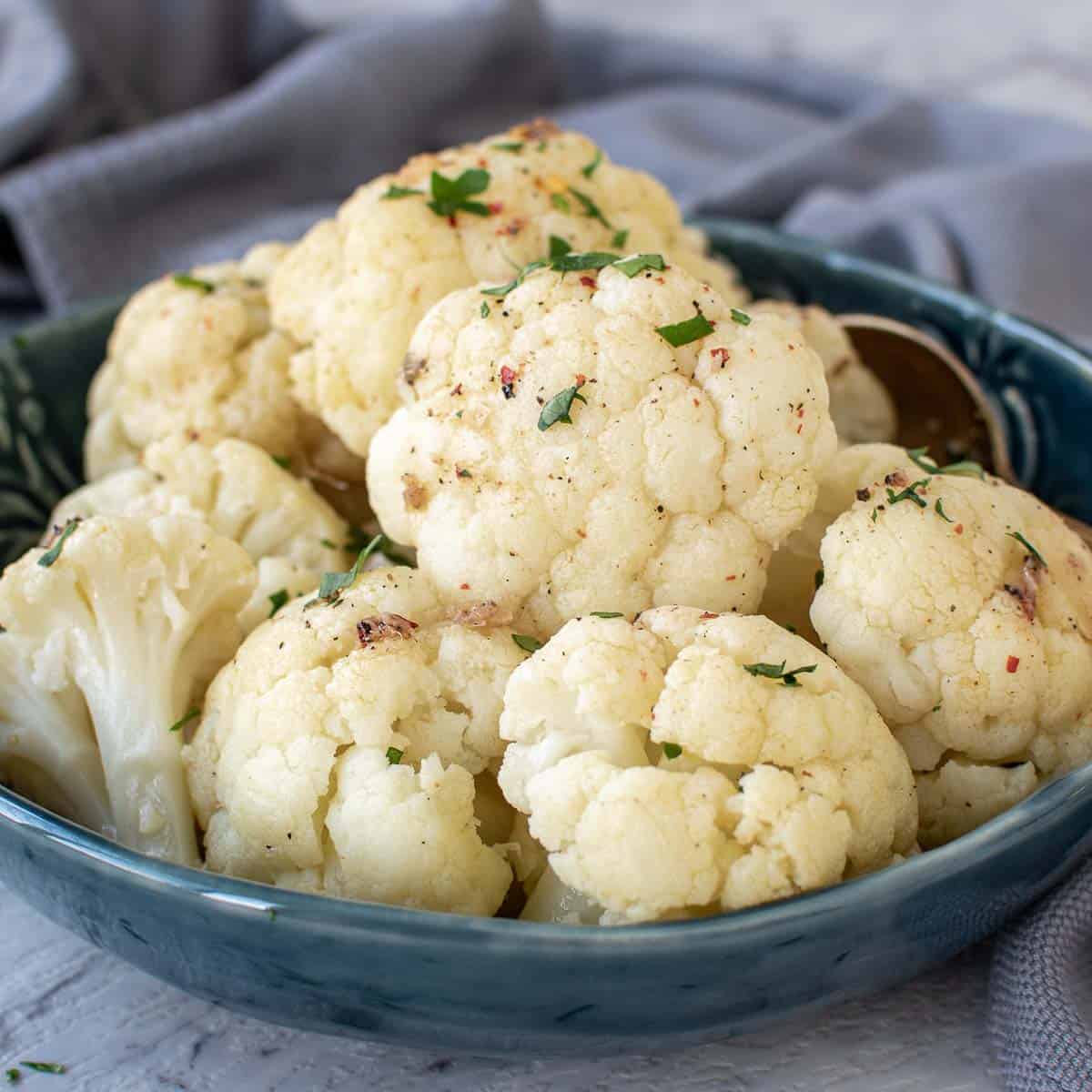
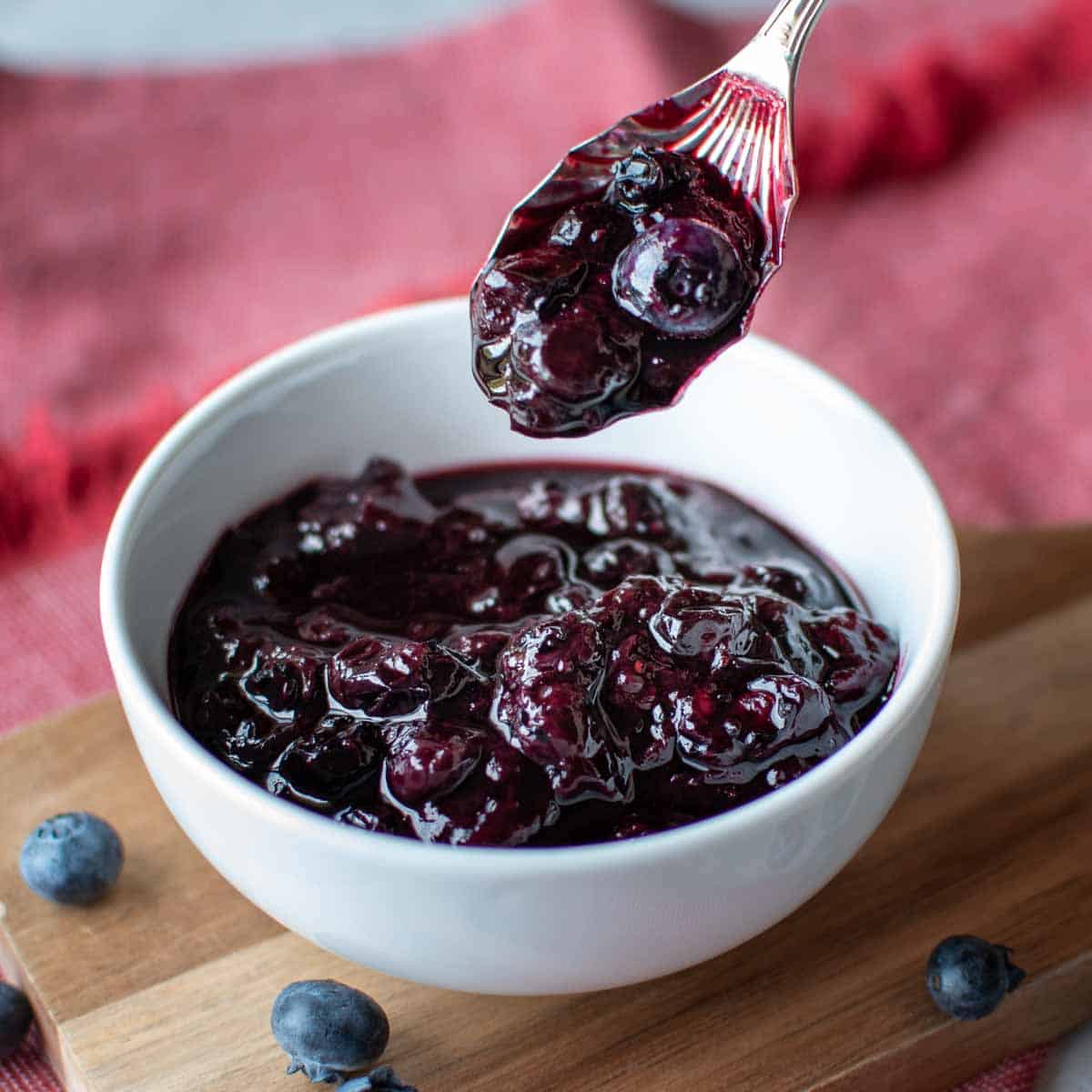
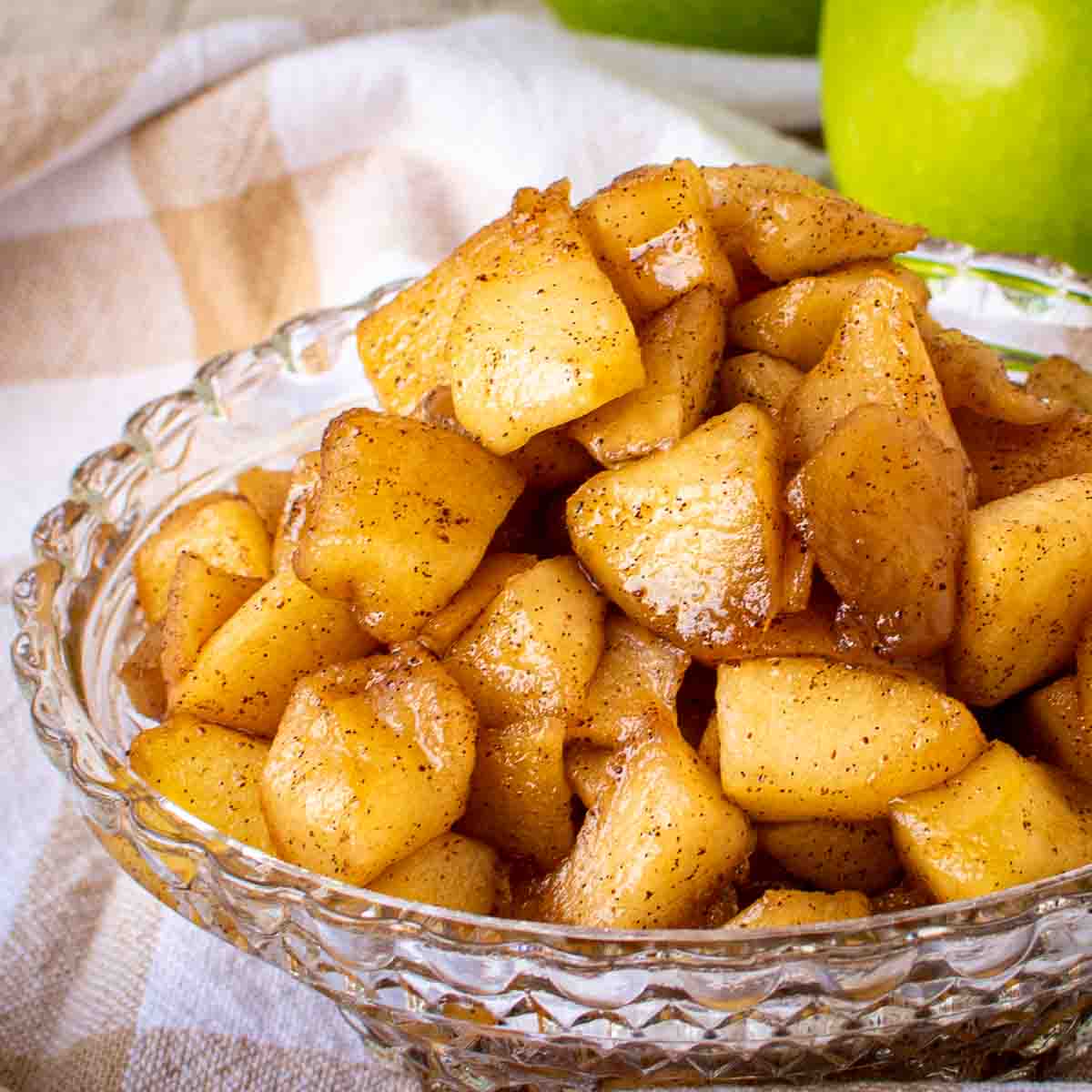
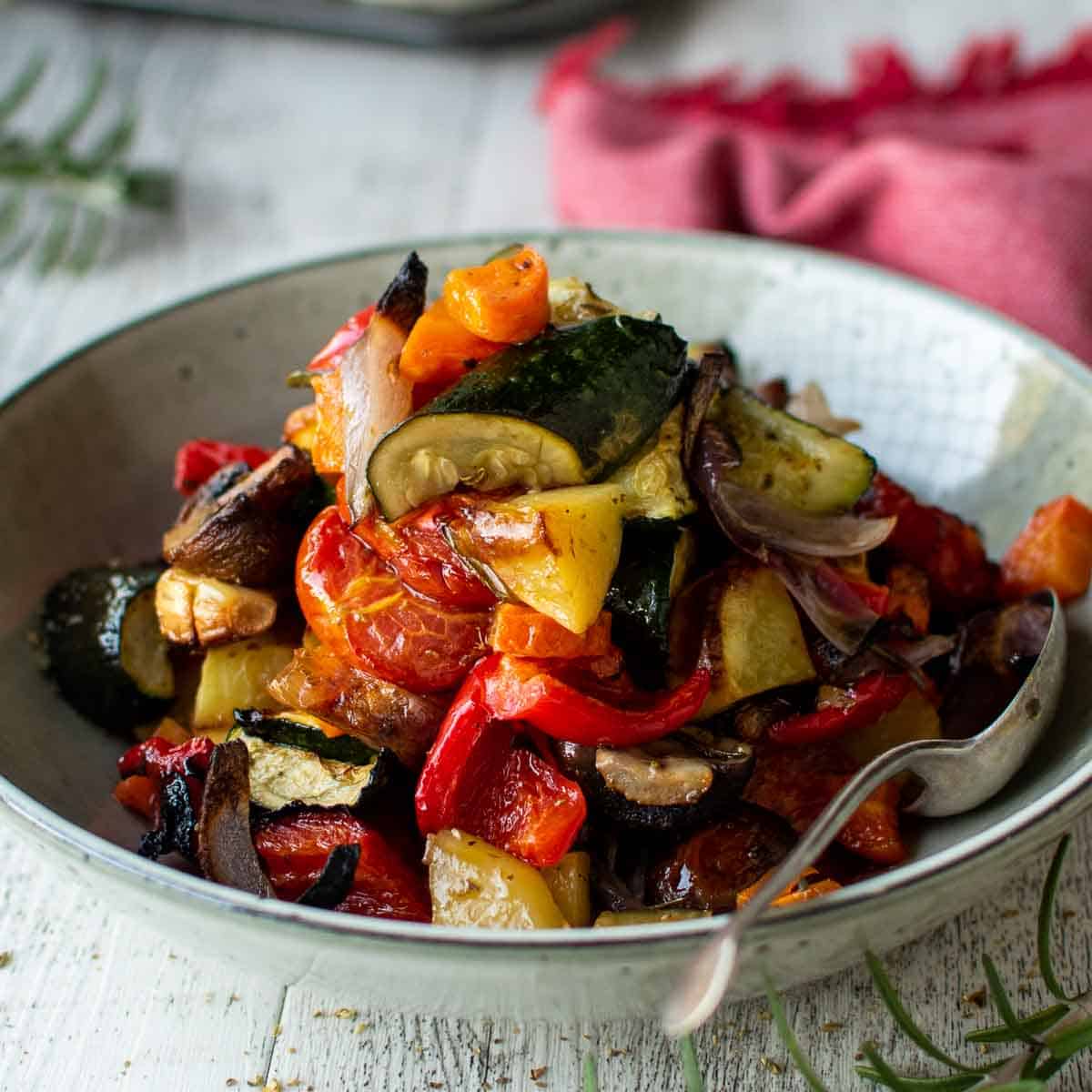
We loved this! Made it to top our pasta and it was perfect. Just like we had in Italy. Would it keep as long if I added the anchovy which you’ve suggested in the variations?
Definitely, if you add anchovy, the pangrattato won’t keep as long. Store the anchovy pangrattato in the fridge for 3 to 4 days or freeze for up to one month.